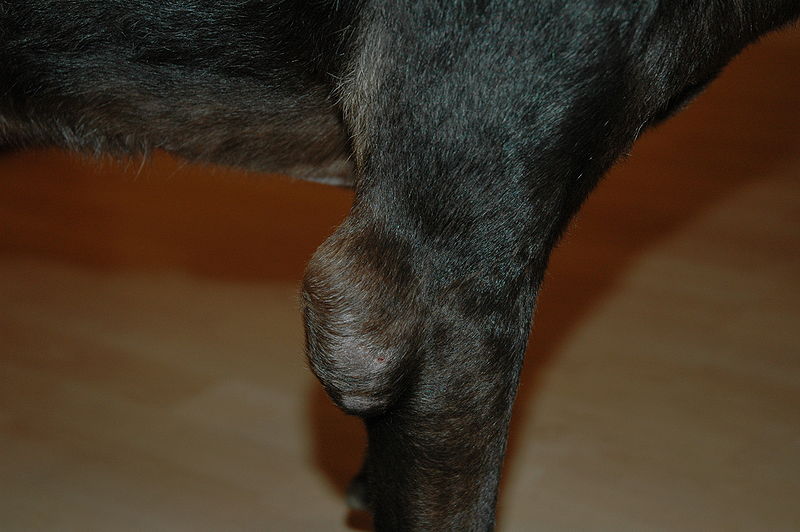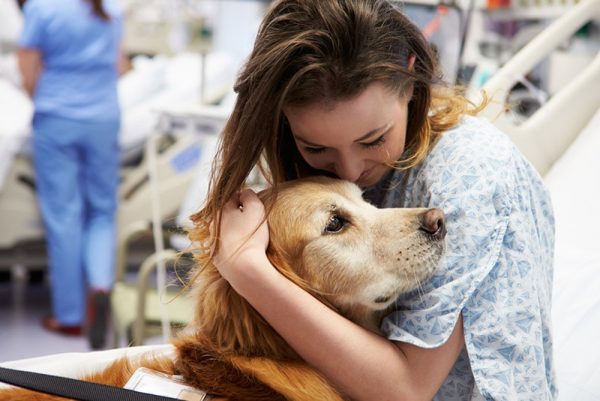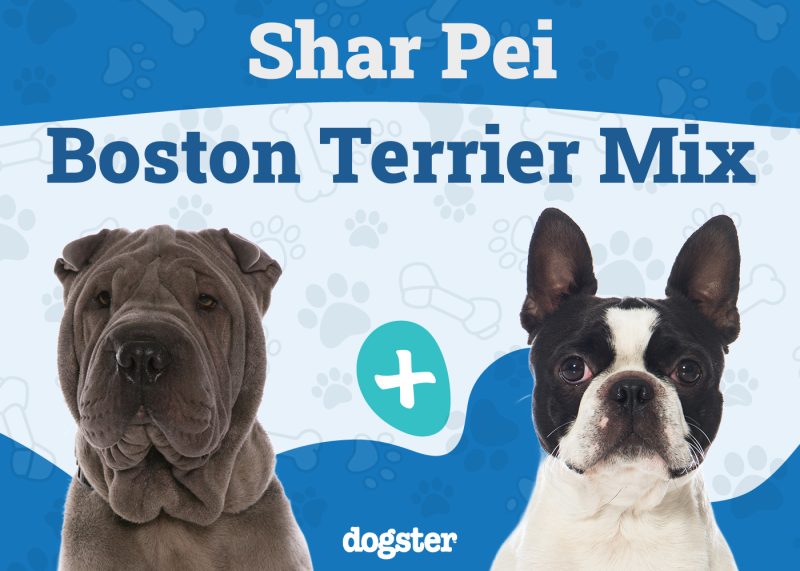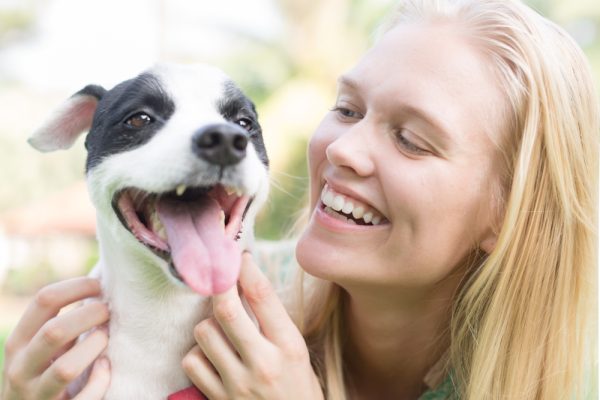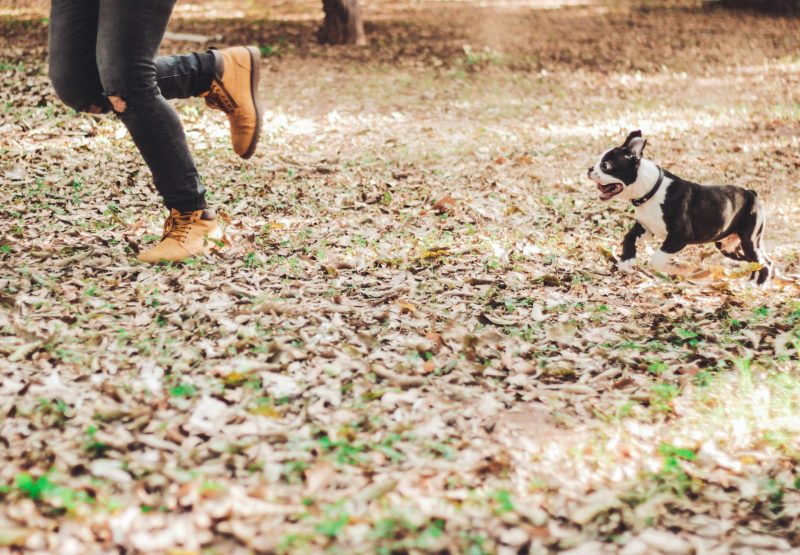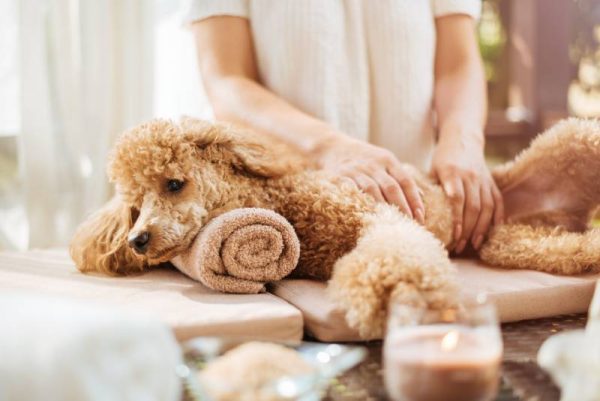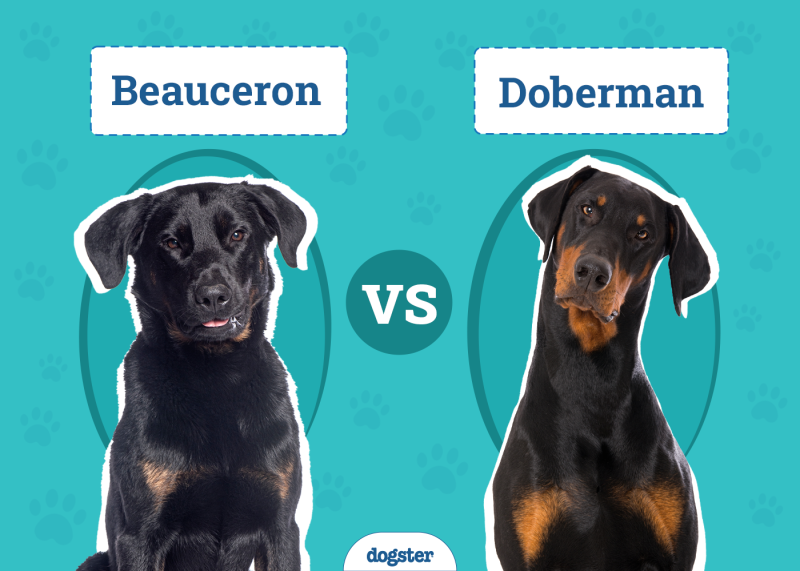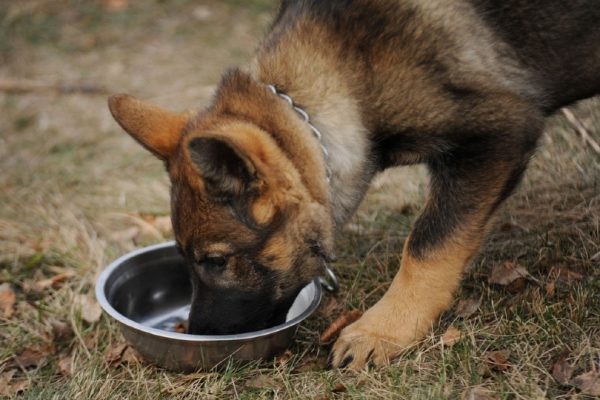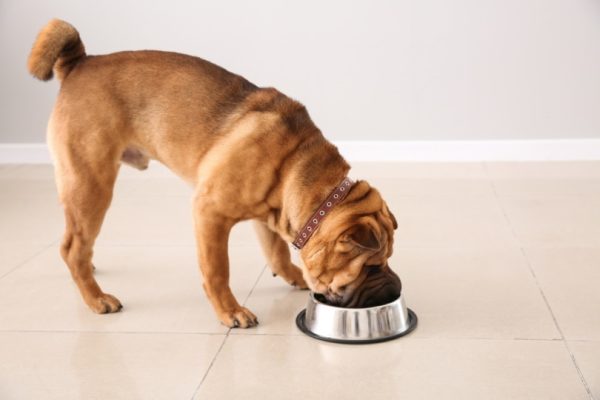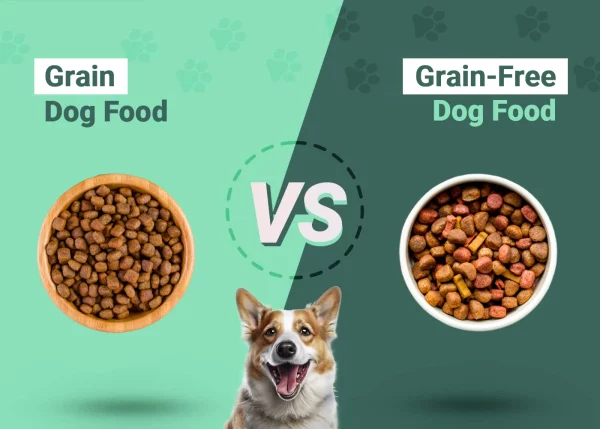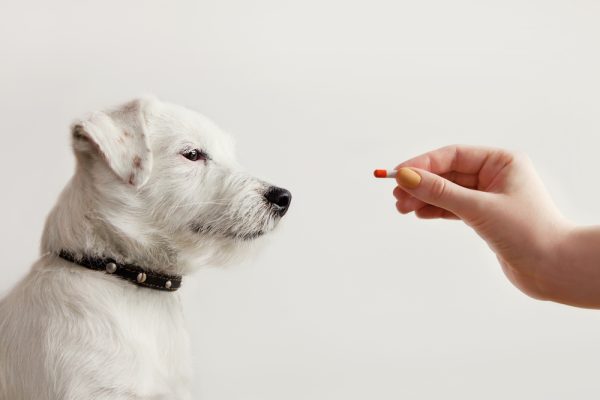In this article
View 4 More +What should you do if you discover a lump on or around your dog’s elbow? Before panicking, it is important to know that one possible explanation could be something benign called an elbow hygroma. If this is the case, and if it is early on in the disease process, this may be a simple fix!
The following article will provide you with information specifically on what this disease process is, its cause, and how one can care for their dog with this ailment. Read on to find out more!

What Is an Elbow Hygroma?
A hygroma is a fluid-filled sac that forms over bony protuberances or pressure points in the body. The most common type that occurs in dogs forms over the elbow, hence the term “elbow” hygroma. Other areas can form hygromas, although this is rare, and these could include the ankle joint and even the hip joint. Elbow hygromas do not involve the elbow joint itself but are near it and can be located on either one front leg or both.
This phenomenon tends to be more common in large or giant dog breeds such as Great Danes, Mastiffs, and German Shepherds. This is due to their sheer size and weight, which repeatedly put pressure on the joint as they lay down on hard surfaces. While it is more commonly found in young dogs, it can also occur in a larger dog of any age. The most important component of an elbow hygroma formation is whether the dog lays down on some type of hard surface for extended periods of time, thus putting intense pressure on the affected elbow.
Most of the time, an elbow hygroma is not painful and doesn’t bother the dog unless it is allowed to grow very large in size or it becomes infected or ulcerated.
What Are the Signs of Elbow Hygroma?
Signs of an elbow hygroma include having a soft, fluid-filled lump over the elbow area. Some may liken it to the appearance of a bubble or a water balloon that is trying to protect or cushion the joint. It may start out very small and grow in size, and as it grows, there is often a fibrous exterior that contains the soft fluid inside. If seen, this fluid inside the lump is clear, yellow, or reddish in color. In the event that the hygroma becomes infected, one may see ulcers, redness, and swelling.
There can also be blackheads, infections of the hair follicles, firm bumps of the skin, or pressure sores that can all occur on or near the hygroma.
If your dog is showing any of these signs, we recommend speaking with a vet.
If you need to speak with a vet but can't get to one, head over to PangoVet. It's our online service where you can talk to a vet online and get the advice you need for your dog — all at an affordable price!
What Are the Causes of Elbow Hygroma?
Most cases are caused by repeatedly laying on hard surfaces, which causes an inflammatory response to form. A fluid-filled, fibrous cushion will appear over the pressure point to try and soften the blow of the recurring “trauma”. Continual damage to the area will cause enlargement of the hygroma and also make it firmer over time. As the pressure and damage to the elbow continue, ulceration of the hygroma can occur, worsening and complicating the condition.

How Do I Care for a Dog with Elbow Hygroma?
Having the area evaluated by a veterinarian can confirm that this is, in fact, a hygroma. They may want to take a small sample of the cells from the area with a needle (called a “fine needle aspiration” or FNA) and examine the cells under the microscope. This will provide confirmation of a hygroma and rule out other causes of a lump, such as an abscess (pocket of infection often due to a wound) or a cancerous tumor.
Smaller Hygroma
If the hygroma is small and considered uncomplicated, it can often be managed medically by making changes in a dog’s housing environment. Soft and thick bedding (such as orthopedic beds, egg-crate foam, or large and thick blankets) can be placed throughout areas your dog likes to relax or sleep in. In addition, discouraging your dog from laying on hard surfaces repeatedly can also help. These two actions together may resolve the problem over the course of 2–3 weeks without any other treatment as it allows for thick fibrous tissue to form and help the area heal.
In some cases, padded bandages may also help to relieve pressure on the hygroma. Your veterinarian may be able to make one fit your dog, but there are also commercially available options that market themselves as being able to prevent and treat elbow hygromas. It should be noted that these commercially available bandages have not been evaluated for their “clinical efficacy,” but the concept is that they aim to relieve pressure on and around the affected area.
Laser therapy has also been found to be a potentially helpful option as it can help decrease inflammation, swelling, and pain, as well as facilitate the healing of a wound. Once a small elbow hygroma has healed, a callus is typically present in that area.
Larger or More Complicated Elbow Hygromas
If a hygroma is considered more complicated, this could mean that the wound is not responding to conservative treatment or is already very large and may be infected or ulcerated. In this case, either drainage or surgical removal will be indicated. Prior to surgery, further testing, such as X-rays or a skin biopsy, may be needed. If the area is infected, a fluid sample sent for bacterial culture and sensitivity can help aid in antibiotic choice.
There are various surgical options for these more complicated hygromas. Surgery that both opens the area to allow it to drain and cleans the area out as well may be needed. In addition, placing special drains in for a few weeks to allow for more draining over time may occur. Another surgical option is one that removes the damaged tissue and then uses a vacuum that helps with the closure via Negative Pressure Wound Therapy (NPWT). This procedure allows healthy tissue to grow and decreases the amount of bandage changes but requires specific equipment that may not be available in many veterinary hospitals.
For surgery on extreme cases of hygroma that affect very large areas in the elbow region or that have trouble healing, skin grafting may be needed. While surgical excision may be used in more complex hygroma cases, there can also be complications such as infection, re-opening of the wound (especially due to it being such a limited and high-tension area), pain, and difficulty healing. Even with surgery, potential bandaging and having numerous padded areas to rest on will be needed post-operatively.

Frequently Asked Questions (FAQ)
What’s the Prognosis for My Dog?
The earlier elbow hygroma is diagnosed and treated, the more likely your dog will experience a better outcome! Most of these cases, if diagnosed early, have a good prognosis. However, in cases that have very large, infected/ulcerated, or recurring hygromas, the prognosis is more reserved and may be more difficult to resolve.
Is My Dog in Pain?
An elbow hygroma is not typically painful. In fact, dogs often don’t even limp with one! Imagine having some padding around your elbow—it actually helps to protect you. The only exception to this is if the hygroma becomes extremely large, infected, or develops an ulcer. Thankfully, when treated early, it is much less likely for these situations to occur.
Can I Prevent My Dog From Getting an Elbow Hygroma?
Potentially, yes. If you have a large or giant dog breed, no matter their age, it is helpful to have a break from hard areas to relax or sleep on. Aside from carpet, this could include options over harder flooring such as rugs, interlocking foam mats, and comfortable protective bedding. Preventing them from laying on hard surfaces repeatedly is key.
In addition, having a dog that is a good weight for its size is also important. At a minimum, this will help alleviate excess weight from being put on their joints and the surrounding areas that may become more likely to form a hygroma. If redness is seen around an area in which a hygroma may develop, elbow padding, bandaging, or foam insulation over the area may help prevent a further problem.

Conclusion
Elbow hygromas in dogs are benign, fluid-filled lumps that can often resolve with padded bedding and time. If they become larger, infected, ulcerated, or are recurring, more involved treatment will be needed. If you notice a lump on or around your dog’s elbow, first provide your dog with a cushy bed! Next, make an appointment with your veterinarian, as they can be your guide in confirming and treating your dog’s health issue once and for all.
Featured Image Credit: DogHygroma, ArtByCedar, Wikimedia Commons Public Domain
